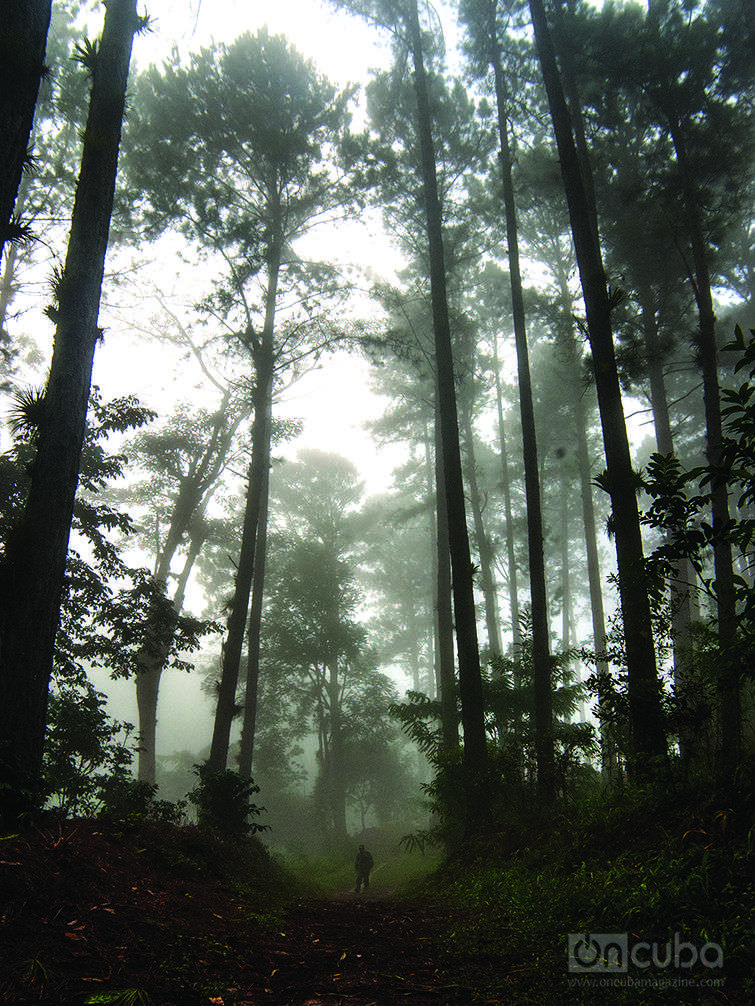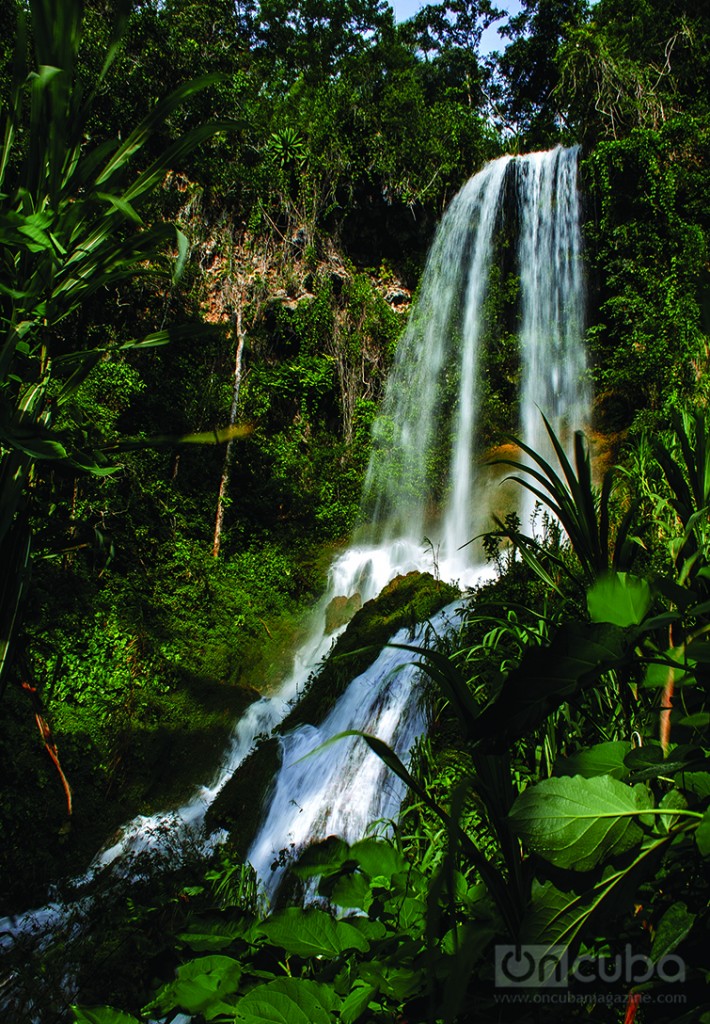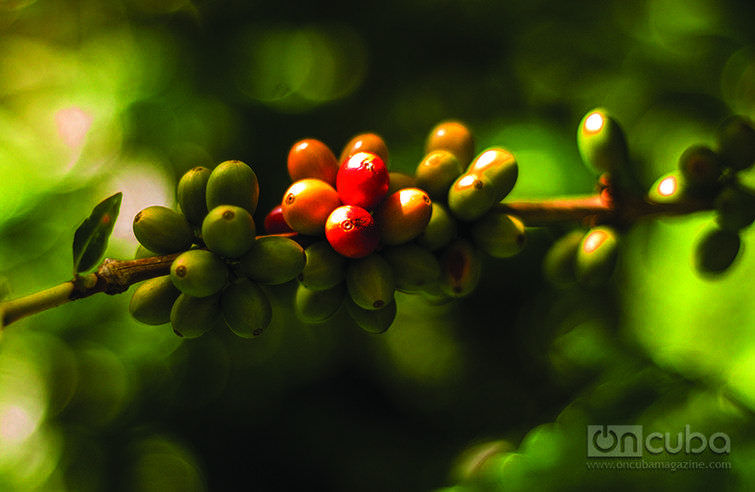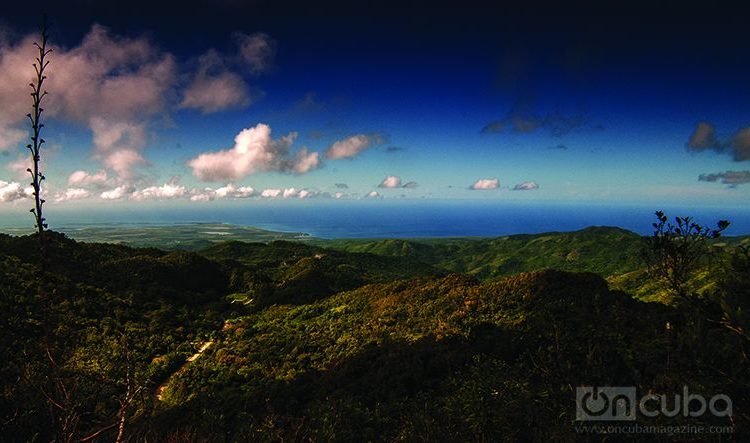There are those who refer to it as a sierra, but a sierra is a small mountain range. Actually, the Escambray is a mountainous mass, and its indigenous name is Guamuahaya. Located in the center of the island, it soars into peaks and drops into gullies and cascades. At its base lies the city of Trinidad, founded in the colonial era, and the towns of Cumanayagua and Manicaragua.
On the southern coast, the curved bridges of the recently renovated highway rise above beaches of stone and sediment, where the fast-flowing rivers of the Escambray empty into the Caribbean Sea. The highest peak is Pico San Juan, at 1,140 meters. From the hills, Cubans extract coffee, lumber and honey, and the heart of the Escambray holds one of the purest quartz deposits in the world.

Three provinces share this geography: Cienfuegos, Villa Clara and Sancti Spíritus, but all roads lead to Topes de Collantes. Since the mid-20th century, Topes has been home to a monumental tuberculosis sanitarium, today the Kurhotel Escambray. Less than a two-hour walk away are the Vegas Grandes and the Caburní waterfalls. A bit further—and preferably accessed by vehicle—are the Guanayara and El Nicho waterfalls. The latter is one of the most popular campsites for young Cubans. You can drive through the Escambray in a truck or jeep, but by walking, you discover the paths that lead to caves, waterfalls, forests, and the “campesino house” where coffee beans are sun-roasted, and bees tend busily to their honeycomb.

The rivers Guanayara, Negro and Jibacoa empty into the Hanabanilla reservoir, where you can fish, go on a boat ride, or take to the trails along its banks, excellent for trekking. A special experience is guaranteed when you spend an evening at the Hotel Hanabanilla, where the sight of a dark, star-filled sky combines with the strange, almost futuristic sounds of the generators powered by Cuba’s largest hydroelectric plant. With a good dose of patience or the spirit of an early riser, you can contemplate the sunrise from your balcony, another unforgettable sensation.
Because the Escambray is something that you experience with all five senses. It tastes like “serrano” coffee, fresh fruit, and food made with natural ingredients. At night you hear the song of the cicadas, and during the day, the tap-tap-tap of a woodpecker as the wind blows through the forest. Sometimes the air gets hazy, but it is not fog; it is a mischievous cloud that wraps itself around the mountain and then leaves the same way it came. As you wander through the arborescent ferns, you are surrounded by the moist fragrance of eucalyptus, pine, and butterfly jasmine, as the fresh clean water from the stream runs through your fingers.













